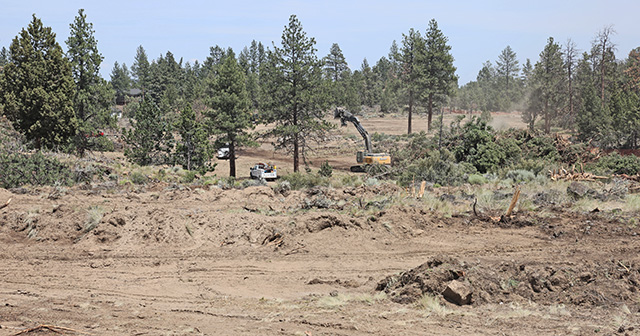At landfills, turning trash into fuel
Published 5:00 am Monday, September 26, 2011
Landfills across America and around the world may be a step closer to converting millions of tons of garbage produced every year into fuel, thanks in part to the first commercial installation of a system patented and sold by Bend-based InEnTec.
InEnTec contracted with Fulcrum BioEnergy, Inc. to supply plasma-enhanced melters for the first-ever commercial use in a $180 million gasification plant to be built by Fulcrum BioEnergy on a 17-acre site outside Reno, according to a Form S-1 filed by Fulcrum BioEnergy with the Securities and Exchange Commission on Sept. 22. According to the filing, InEnTec’s technology for converting waste to synthetic gas will be combined with Fulcrum’s technology for converting synthetic gas to ethanol.
The document said the gasification plant will process about 3,700 tons of garbage per week from two Storey County municipal landfills from waste to ethanol. The gasification plant is expected to produce 70 gallons of ethanol per ton of garbage.
Construction of the Nevada plant is to begin at the end of 2011 with funding from a combination of sources, including stock sales and loans backed by the U.S. Department of Energy loan guarantee program, according to the Form S-1 statement.
The statement shows Fulcrum has been a privately held company and the stock offering — to raise $180 million to build the gasification plant — is the company’s first.
“This is an important sale for InEnTec. Obviously it portends great things for the future,” said Karl Schoene, InEnTec president and CEO. He said the sale price is confidential information that InEnTec, a privately held company, does not release, and the amount was not included in Fulcrum’s S-1 statement.
He said the project sets the stage for sales of InEnTec’s plasma-enhanced melters for use in plants across the country and around the world.
InEnTec’s test of its plasma-enhanced melter in a small-scale pilot gasification plant at Columbia Ridge landfill near Arlington, Ore., opened the door to using the technology at the Nevada site, Schoene said.
The extraction of synthetic gas that can be converted to ethanol, hydrogen and other fuels is an important step for the country because of the potential to convert into renewable fuels an estimated 243 million tons of municipal wastes generated annually in the United States, Schoene said. Fulcrum’s S-1 filing estimated that if that municipal waste was processed in gasification plants it would produce about 12 billion gallons of ethanol.
Fulcrum’s Form S-1 document cited a report from the U.S. Energy Information Administration estimating that in 2009 the United States consumed about 138 billion gallons of gasoline and approximately 52 billion gallons of diesel.
The document estimates that burning a gallon of ethanol produces 75 percent less green house gas than a gallon of gasoline, and that ethanol produced from municipal wastes would initially cost about $1.30 per gallon, dropping to around 90 cents per gallon assuming economies of scale improve as more gasification plants are built.
Schoene said he expects expansion of gasification plants across the country to happen fairly quickly once landfill operators see the results at the Arlington demonstration plant and the Nevada plant.
“We often say the United States generates waste the way the Saudis generate oil,” Schoene said. “Now we have the technology to convert our wastes into a reliable energy supply.”







